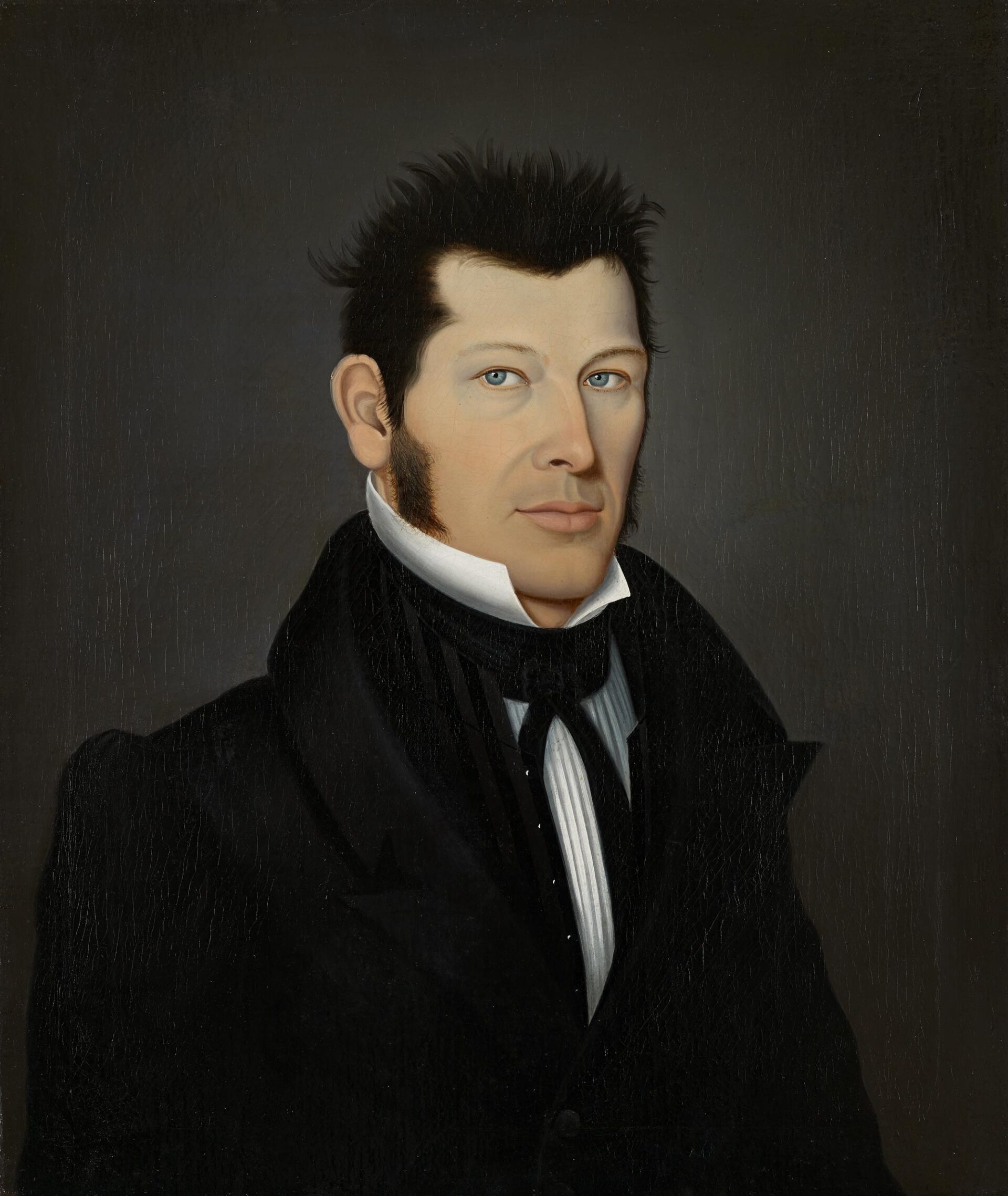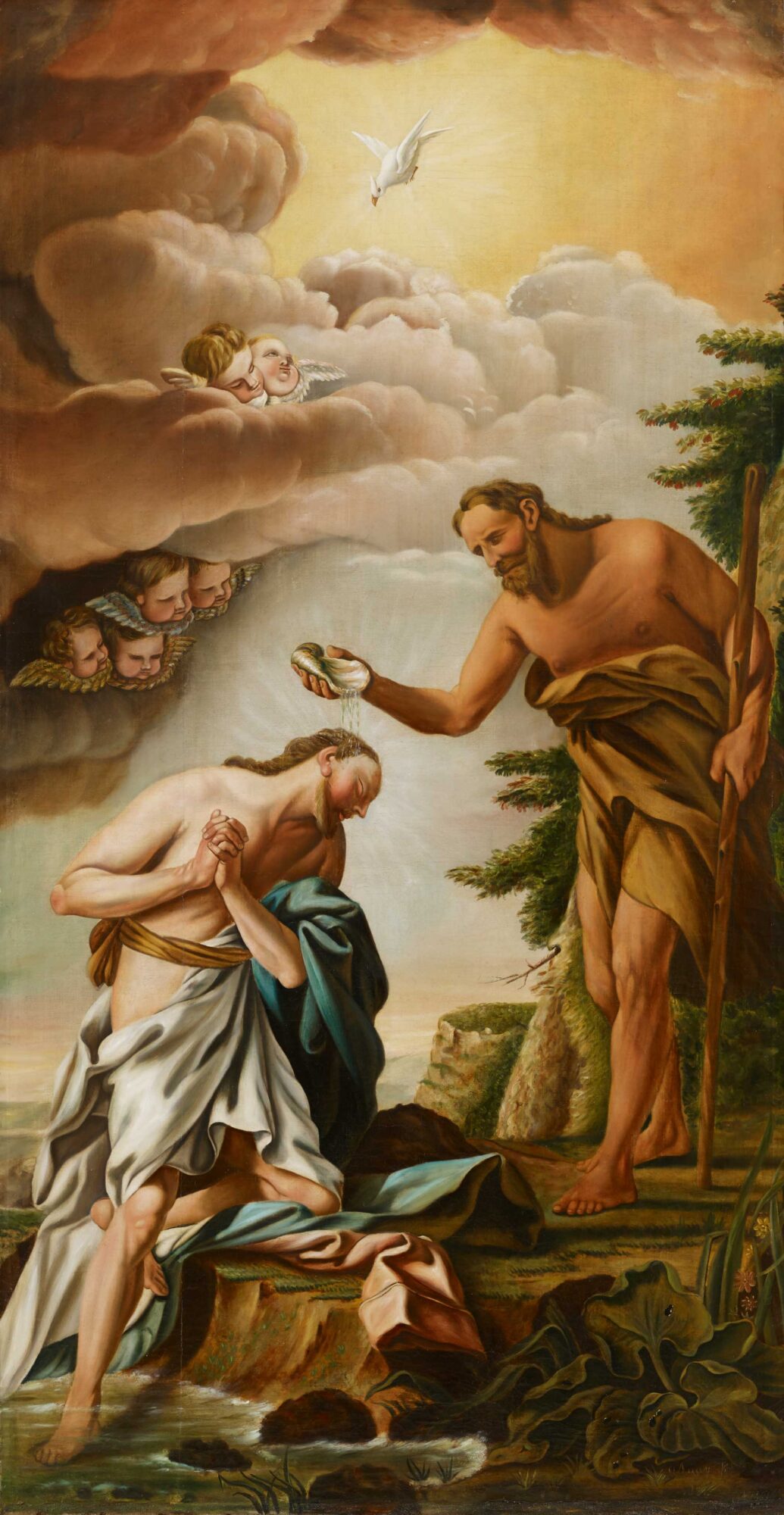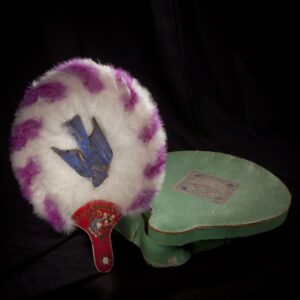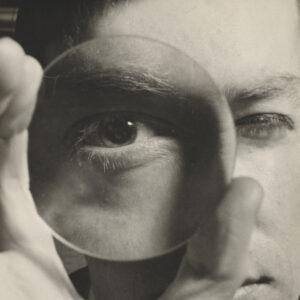Jean-Baptiste Roy-Audy (1778–c.1846)

Jean-Baptiste Roy-Audy, Le docteur François-Olivier Boucher (Doctor François-Olivier Boucher), c.1826–31
Oil on canvas, 65.8 x 55.7 cm
Musée national des beaux-arts du Québec, Quebec City
Jean-Baptiste Roy-Audy had pursued careers as a coachbuilder and a cabinetmaker before declaring himself a painter in 1809. His principal contribution to painting in Quebec City—and in the province more broadly—lies in his portraiture. The renderings of Le docteur François-Olivier Boucher (Doctor François-Olivier Boucher) and Madame François-Olivier Boucher, née Marie-Luce Deligny (Mrs. François-Olivier Boucher, née Marie-Luce Deligny), both created between 1826 and 1831, exemplify the refined style of this late-blooming artist, who was born into a family of woodworkers. As a teenager, he completed his apprenticeship in his father’s workshop and later received some drawing lessons from François Baillairgé (1759–1830), a family friend who had studied in Paris.


Roy-Audy developed his talent by studying the paintings brought to the colony by Abbé Desjardins (1753–1833). These works, which would become the Desjardins Collection, arrived in two shipments, in 1817 and 1820. They provided models for copyists and gave local artists an opportunity to improve their skills in the absence of art schools and museums. Among Roy-Audy’s works from this period are copies of pieces by French artists, such as Le baptême du Christ (The Baptism of Christ), 1821, after Noël Hallé (1711–1781), and Sainte Marie-Madeleine or La Madeleine en pleurs (Saint Mary Magdalene or The Weeping Magdalene), 1819, after Anicet Charles Gabriel Lemonnier (1743–1824). The Desjardins Collection allowed Roy-Audy to hone his individual style before he began to produce religious paintings to adorn the churches of Lower Canada. But he also garnered significant attention from a secular clientele through his portraiture.
Roy-Audy’s precise and delicate painting style evokes the colourful portraits of Ammi Phillips (1788–1865), a prominent figure in American folk art, and the vibrant, realistic works of the French artist Isidore Péan du Pavillon (1790–1856), a pupil of the neoclassical master Jacques-Louis David (1748–1825). Roy-Audy’s portraits of the Boucher couple demonstrate his skill in capturing the intricate details of clothing, jewellery, and hairstyles, as well as his remarkable ability to convey the liveliness of his subjects’ gazes. Roy-Audy’s paintings reflect the bourgeois society of his time—a society eager to see its image immortalized—just a few years before photography would amplify its ambitions for representation.
The works of Roy-Audy are held at the Musée national des beaux-arts du Québec (MNBAQ), as well as in several other museums within the province and beyond. More than fifty of his portraits can be found in public and private collections. His art continues to attract scholarly interest: Daniel Drouin, the curator of historical art at the MNBAQ, is preparing a highly anticipated exhibition on the painter for 2027.

 About the Author
About the Author
 More Online Art Books
More Online Art Books
 Acknowledgements
Acknowledgements